I didn't expect to find two floors filled with vintage computers in a small town outside Pittsburgh. But that's the location of the Large Scale System Museum, housed in a former department store. The ground floor of this private collection concentrates on mainframes and minicomputers from the 1970s to 1990s featuring IBM, Cray, and DEC systems, along with less common computers. Amazingly, most of these vintage systems are working. Upstairs, the museum is filled with vintage home computers from the pre-PC era.
IBM
IBM set the standard for the mainframe computer with its introduction of the System/360 in 1964, a line of computers designed to support the full circle (i.e. 360°) of business and scientific applications. The System/360 evolved into the System/370 in the 1970s and the System/390 in the 1990s. Most of these mainframes filled a data center, but the museum has some smaller S/370 and S/390 mainframes designed for offices. The IBM System/370 9375 (1986; below), is described as a "baby mainframe" or "super-mini computer" for engineering or commercial applications.
The System/390 line is represented by the IBM System/390 Multiprise-2003 (1997; below). This mainframe could not boot up on its own, but required a special desktop PC called the Mainframe Service Element (photo) to initialize the mainframe with microcode and start it up.
To support smaller customers, IBM also produced minicomputers, which they called "midrange systems". The IBM System/32 (1975; below) is a minicomputer built into a desk, designed for small businesses. IBM's midrange systems evolved into the IBM AS/400 (1992; photo).
The museum has many disk drives and tape drives. One example is the massive 3380E disk drive (below; 1985), providing 5 gigabytes of storage. It's amazing to think that you can now hold a thousand times as much storage in your hand.
Cray
Computer designer Seymour Cray and his company Cray Research were famed for building the world's fastest supercomputers. The museum has several Cray computers from the 1990s. The Cray YMP-EL supercomputer (1992; below) was an "Entry Level" Cray, costing $300,000. It was built from CMOS chips rather than the fast but hot ECL chips in earlier Crays, allowing it to be air-cooled rather than Freon cooled. The museum also has the related, low-end Cray EL-94, packaged in an ugly box (photo; 1992);
The Cray J90 (1996; below) was a popular low-end Cray, an evolution of the Y-MP EL. This one holds 1 GB of memory and cost $300,000.
The Cray SV1 (1999; below) followed the J90. It introduced more high-performance features such as a vector cache and multi-streaming. This one has 16 processors and 16 GB of memory, and cost about $1 million.
Digital Equipment Corporation (DEC)
Digital Equipment Corporation was founded in 1957 and became the second-largest computer manufacturer, concentrating on minicomputers. DEC's PDP-8 was a very popular 12-bit minicomputer that essentially created the "minicomputer" category of computers. The first PDP-8 was the Straight-8 (1966; photos above and below), a compact all-transistor computer built from circuit cards plugged into a wire-wrapped backplane.
The PDP-8/E (1969; below) used integrated circuits (7400-series TTL) in place of discrete transistors as did the compact and cheaper PDP-8/A (1974; photo).
DEC started producing mainframes in 1966 with the PDP-10, a 36-bit computer that popularized time-sharing. The museum has a DECsystem-2020 (1978), the smallest member of the PDP-10 family.
In 1970, DEC introduced the 16-bit PDP-11, which became the most popular minicomputer with about 600,000 sold. The museum has many different PDP-11 models including the PDP-11/05 (1972; photo, console), the fast PDP-11/50 (1972; below, photo), the compact and popular PDP-11/34 (1976; photo), and the PDP-11/44 (1981; photo).
DEC's PDP-11 evolved into the VAX line of 32-bit computers. Larger and more powerful than earlier minicomputers, these systems were known as superminicomputers. The VAX-11/780 (1978; below) was the first member of the VAX family, and was implemented with TTL chips. The museum has a VAX-11/750 (1980) and the cheap single-cabinet VAX-11/730 (1982; photo), the powerful VAX-6000 (1991; photo), and top-of-the-line VAX-7000 (1992; photo). The VAXstation 4000 Model 90 (1991; photo) was a workstation implementing the VAX instruction set.
DEC started struggling in the 1990s as the market shifted to personal computers. DEC was acquired in 1998 by personal computer manufacturer Compaq, which in turn was soon acquired by Hewlett-Packard in 2002.
Other systems
The museum has systems from many other companies such as Varian, Control Data, Wang, Panasonic, Silicon Graphics, Singer, and Tektronix, but I'll just touch on some highlights.
Data General was a major producer of minicomputers, third behind DEC and IBM. The Data General Eclipse was the successor to the popular Data General Nova 16-bit minicomputer. It is represented in the museum by the Eclipse S/280 (1975; below) and Eclipse S/120 (1982; photo). Data General moved into the microcomputer market with the microNOVA (1977; photo), but it wasn't commercially successful.
In the late 1970s, Hewlett-Packard was the fourth-largest producer of minicomputers. The HP 2116B minicomputer (1968; photo) was part of the HP 1000 (photo) family of 16-bit minicomputers designed for instrument control and automation. The HP 2645A terminal (below) was part of HP's line of terminals.
Another interesting terminal is the Friden Flexowriter from the early 1960s (below). It has a paper tape reader and punch on the left. Flexowriters were often used as console terminals for computers.
The Burroughs B80 is a multi-user office minicomputer (1978; below). It has as dot-matrix printer above the keyboard. The computer on display was used by a funeral home, and has a paper product list taped above the keyboard with products such as "Tranquility urn", "Open/Close grave", and "Move dirt more than 25 miles".
The collection also includes analog computers, such as the Heathkit H-1 (1950s) which used vacuum tube amplifiers and represented values by signals from -100 to 100 volts. It could be programmed to solve differential equations by wiring the patch board. The museum also has a Comdyna GP-6 (photo), a more modern transistorized analog computer from the late 1960s.
Microcomputers in the Large Scale Integration Museum
Upstairs is the "Large Scale Integration Museum", a large collection of microcomputers of the 1970s and 1980s. The collection focuses on microcomputers before to the IBM PC and x86 processors. Since I'm more interested in the larger computers, I'll discuss this collection briefly, but I don't want to downplay its impressive scope.
The first commercial microprocessor was Intel's 4-bit 4004, introduced in 1971. The Intel Intellec 4/40 development system (below), used the 4040 microprocessor (1974), an improved version of the 4004. This system was intended for engineers to develop software for embedded systems using the 4040 chip.
The microcomputer revolution took off when Intel released the 8-bit 8080 microprocessor in 1974, leading to the first commercially successful personal computer, the MITS Altair 8800 kit (1975). In addition to the Altair 8800, the museum has the updated Altair 8800b and the more obscure Altair 680, which uses the Motorola 6800 microprocessor.
Single-board computers also helped popularize microprocessors. Companies produced development kits for engineers to experiment with new microprocessors and hobbyists often used them due to their low cost. The museum has several racks of these development boards; the rack below includes the Intel SDK-85 System Design Kit for the 8085 microprocessor, Artisan Electronics Model 85 microcalculator (a single-board scientific calculator that could be interfaced to a microcomputer), Rockwell's 6502-based AIM-65, Synertek's 6502-based SYM-1, and Transputer parallel processor boards.
By the late 1970s, microcomputers became mass-market products, with the introduction of home computers that were more affordable and usable by the general public. The museum has many other popular home computers from manufacturers such as Atari, Sinclair, Radio Shack, Heathkit, and Texas Instruments. The photo below shows part of the Commodore collection.
Early portable computers were suitcase-sized and often called luggables. The museum has a large collection including the IBM 5100 (1975; below), Osborne One (1981), Osborne Executive, Osborne Vixen, and Kaypro II, as well as more obscure machines such as the Telcon Zorba and General Electric Workmaster.
Apple is represented by a variety of Apple II, Apple III, Lisa, and Macintosh systems. The collection also includes a NeXTcube, the workstation developed by Steve Jobs in the 1980s after he was forced out of Apple. Steve Jobs returned to Apple when Apple purchased NeXT in 1997, leading to Apple's dramatic rise. The NeXTcube's operating system led to Apple's current macOS and iOS operating systems.
The museum has various toys and educational devices that were produced to explain computers, including the CALCULO Analog Computer (1959), Minivac 6010 (1962) created by the father of information theory Claude Shannon, Radio Shack Science Fair Digital Computer Kit (1977), and Digi-Comp 1 (1963).
Heathkit introduced the HERO-1 kit robot in 1982, providing a way for hobbyists to experiment with robotics. Nowadays, Arduinos and cheap servos and stepper motors make it easy to build a simple robot, but in 1982, robotics was much more difficult. The HERO-1 kit cost $1500 (equivalent to about $4000 today).
Conclusion
The Large Scale Systems Museum contains a remarkable collection of large computer systems and microcomputers from the 1970s to 1990s The museum, hidden behind a storefront on a quiet small-town main street, illustrates an interesting period in computer history. During this time, mainframes, minicomputers, and supercomputers reached their peak and then went into steep decline. Meanwhile, the microprocessor passed through the hobbyist phase and the home computer phase before achieving its dominance. Amazingly most of the systems at the museum are up and running, giving the visitor a feel for the computers of that era.
The museum is open by appointment only; details are here and on their Facebook page. If you ever find yourself near New Kensington, PA (half an hour outside Pittsburgh), get in touch with them. I've only presented the highlights of the museum; more photos are here. I announce my latest blog posts on Twitter, so follow me @kenshirriff for future articles. I also have an RSS feed.
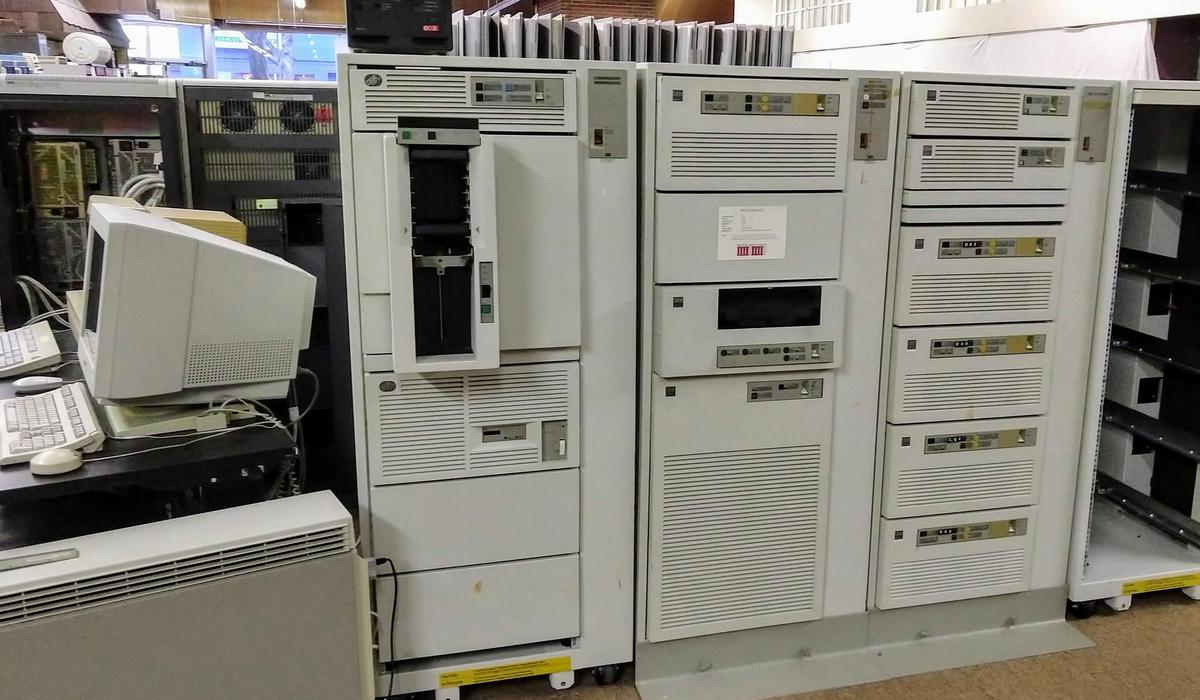
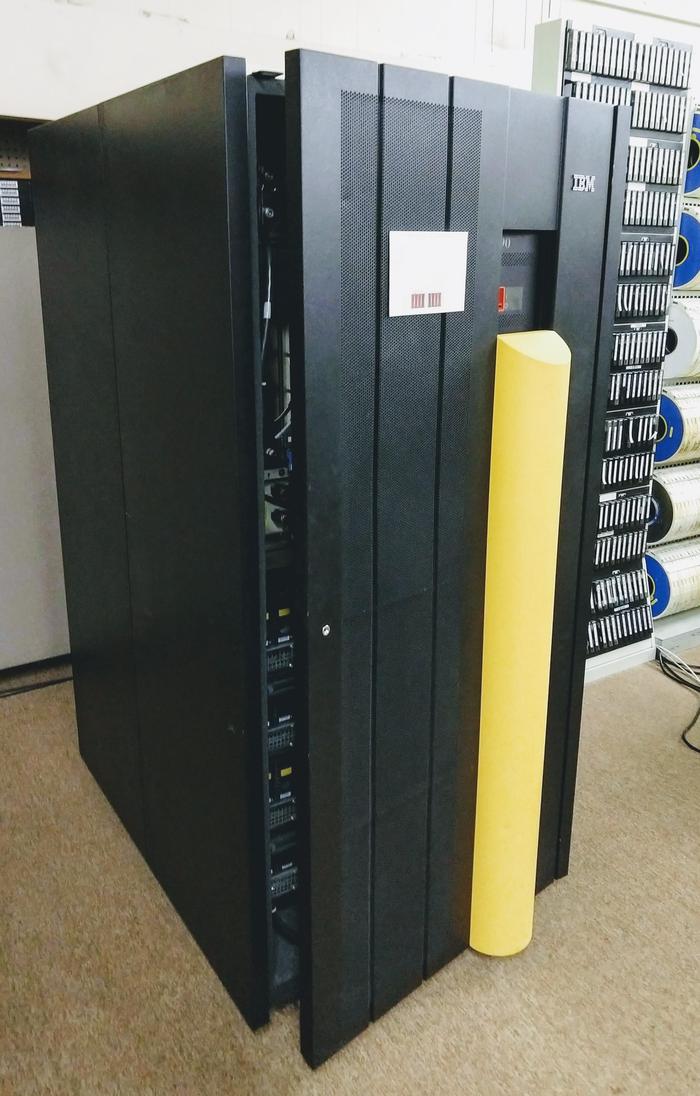
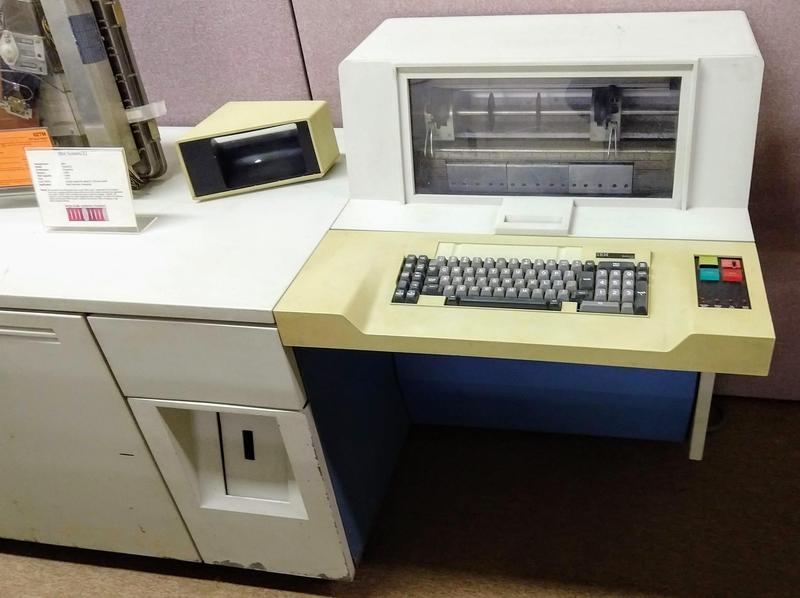
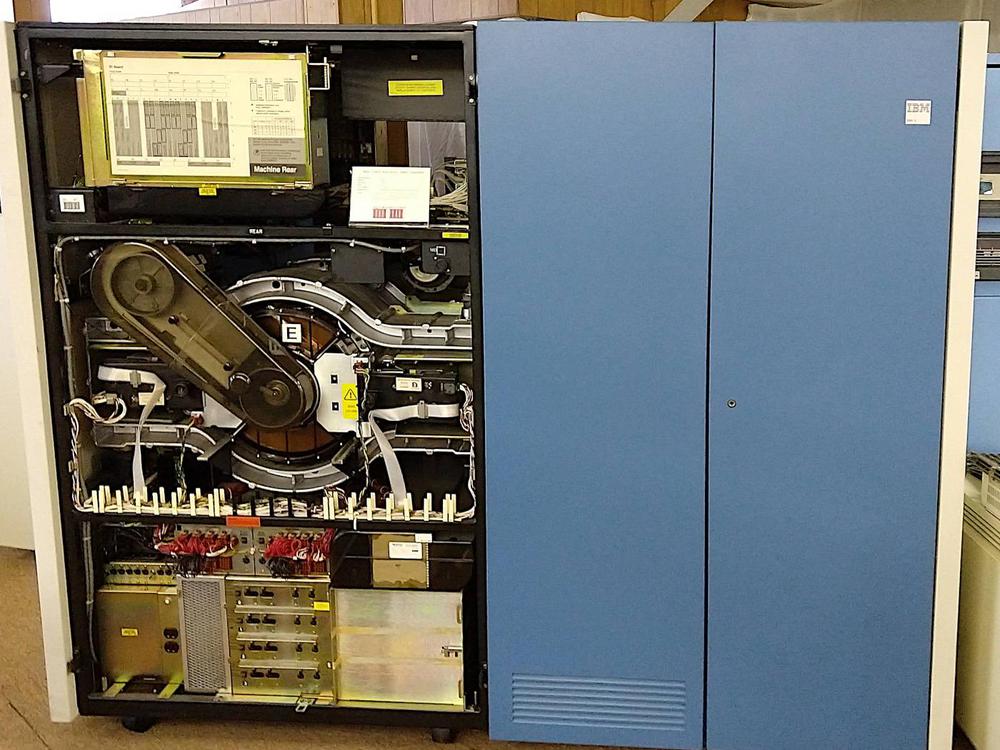
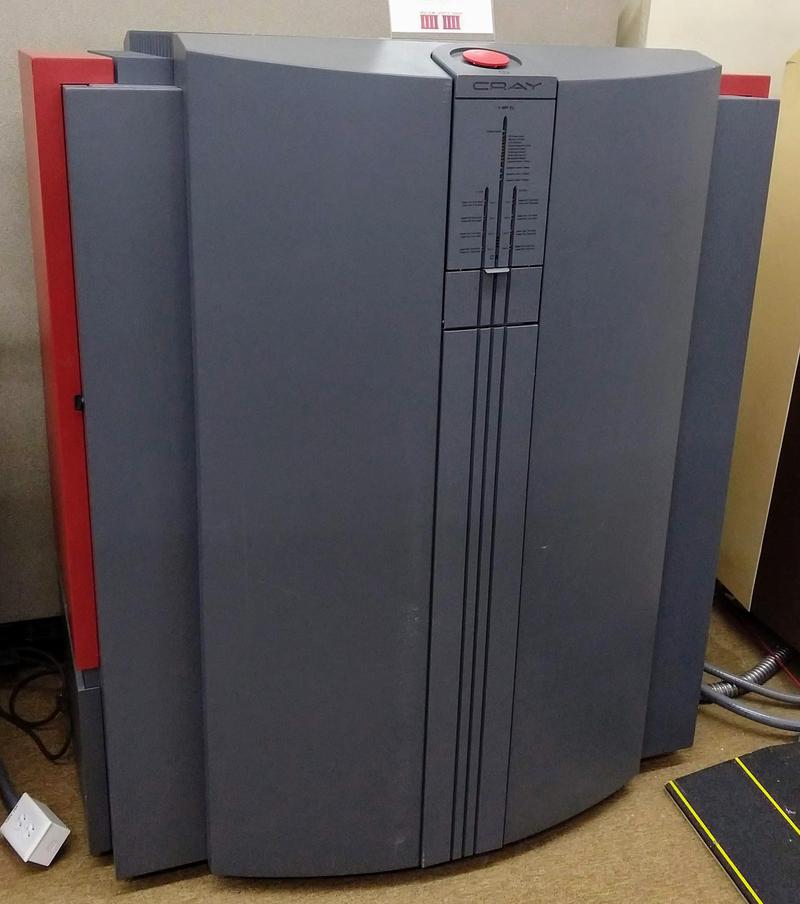
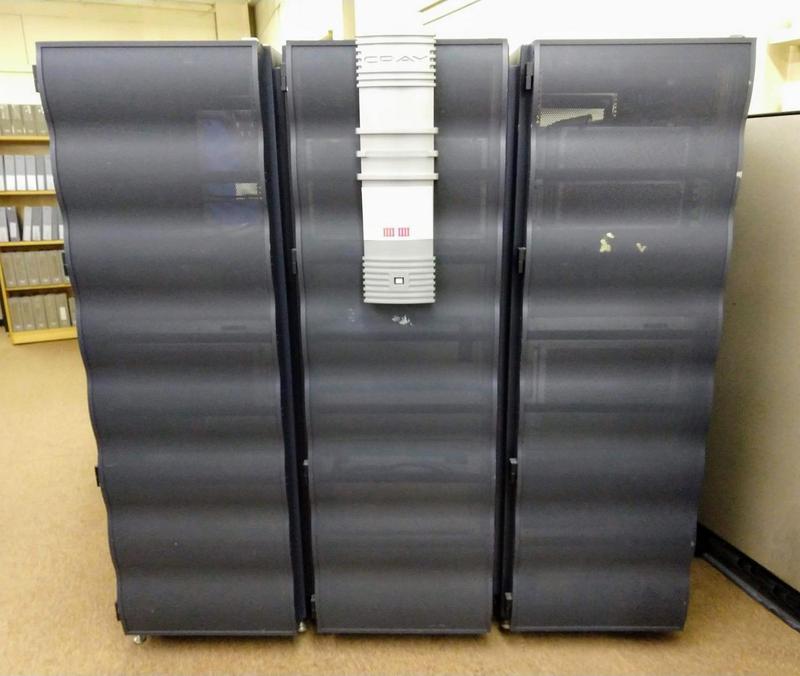
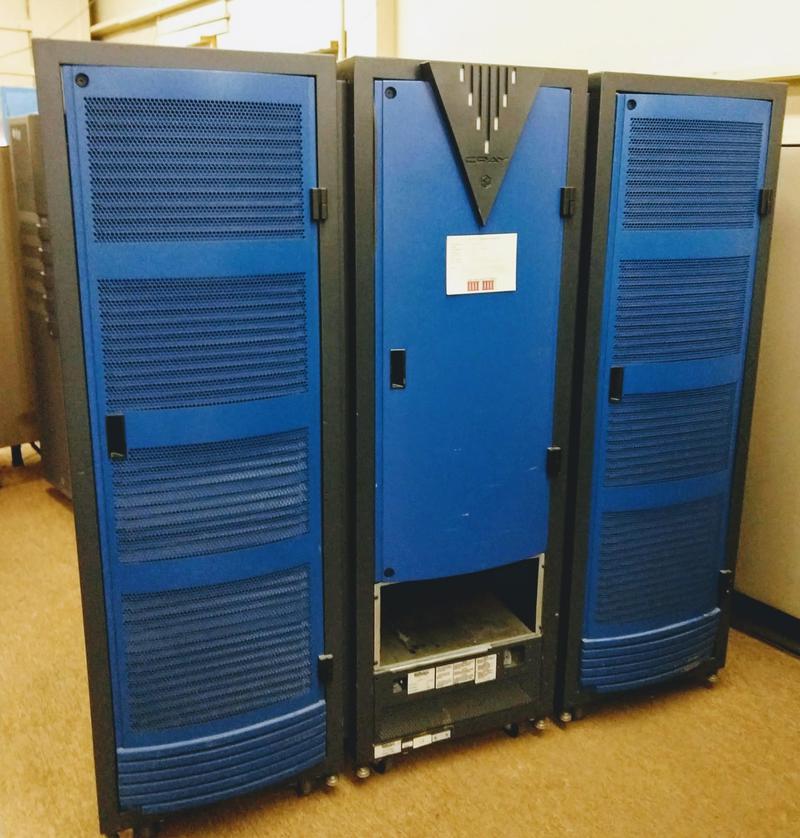
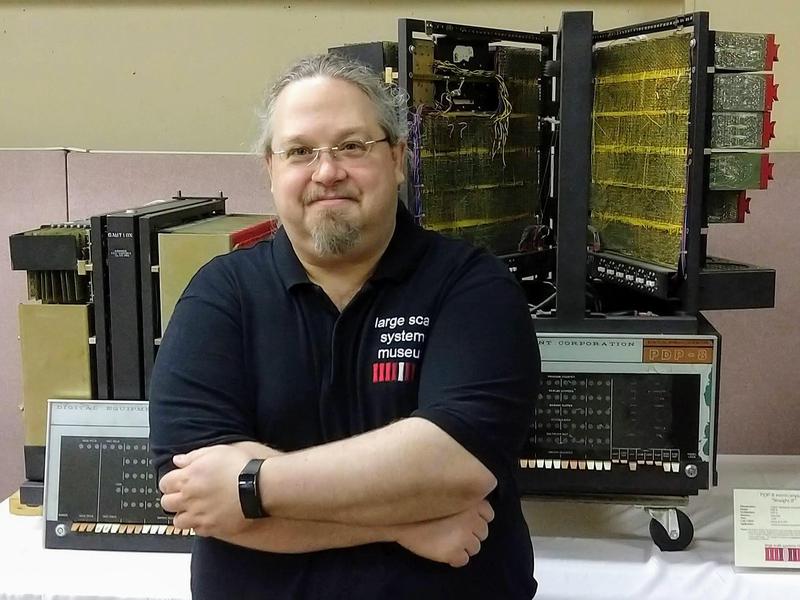
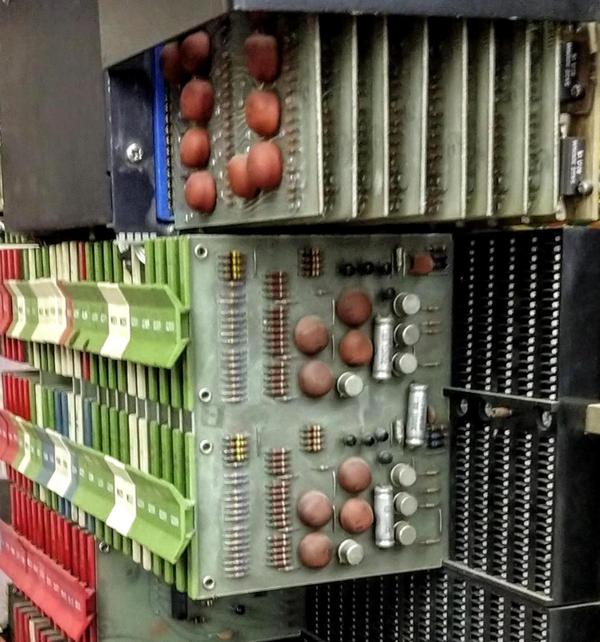
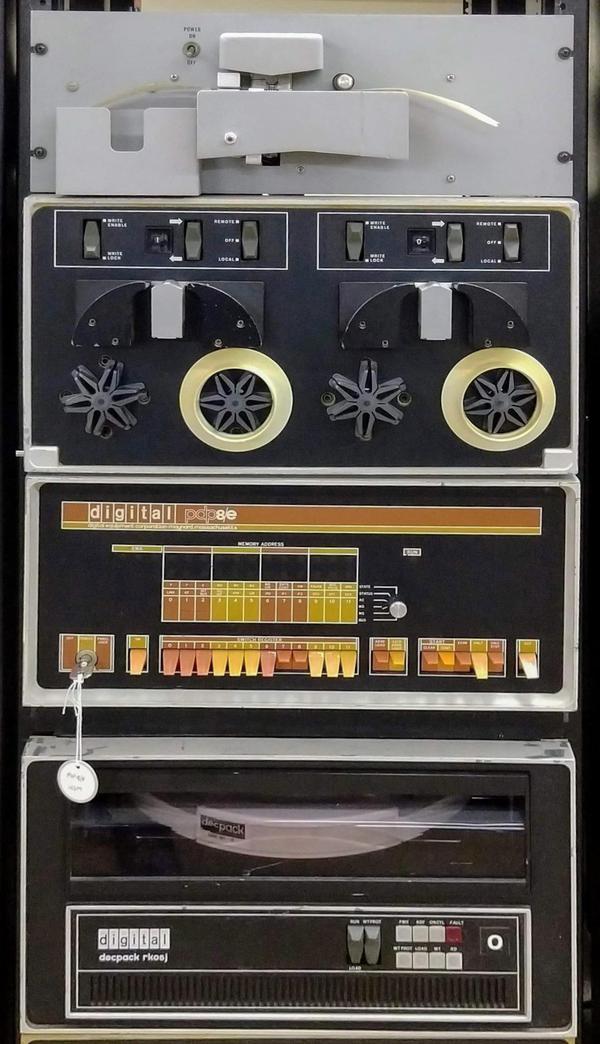
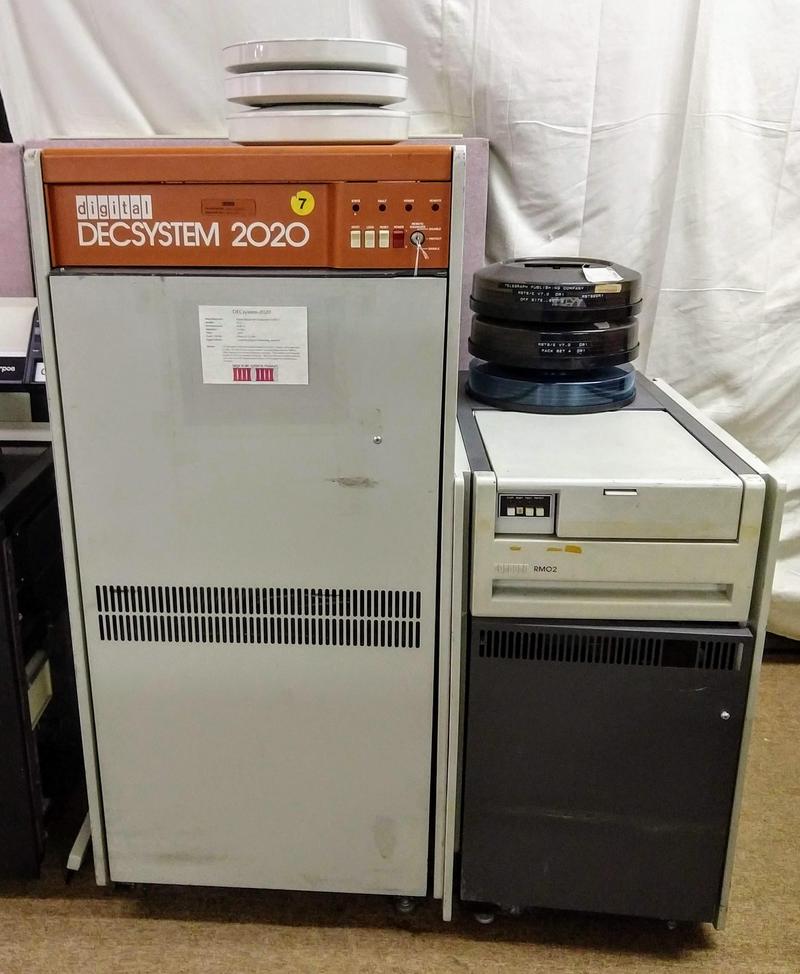
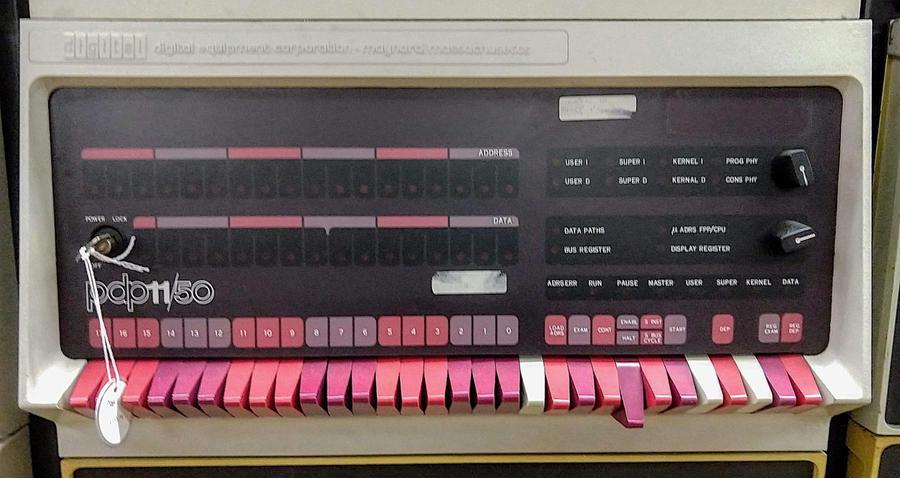
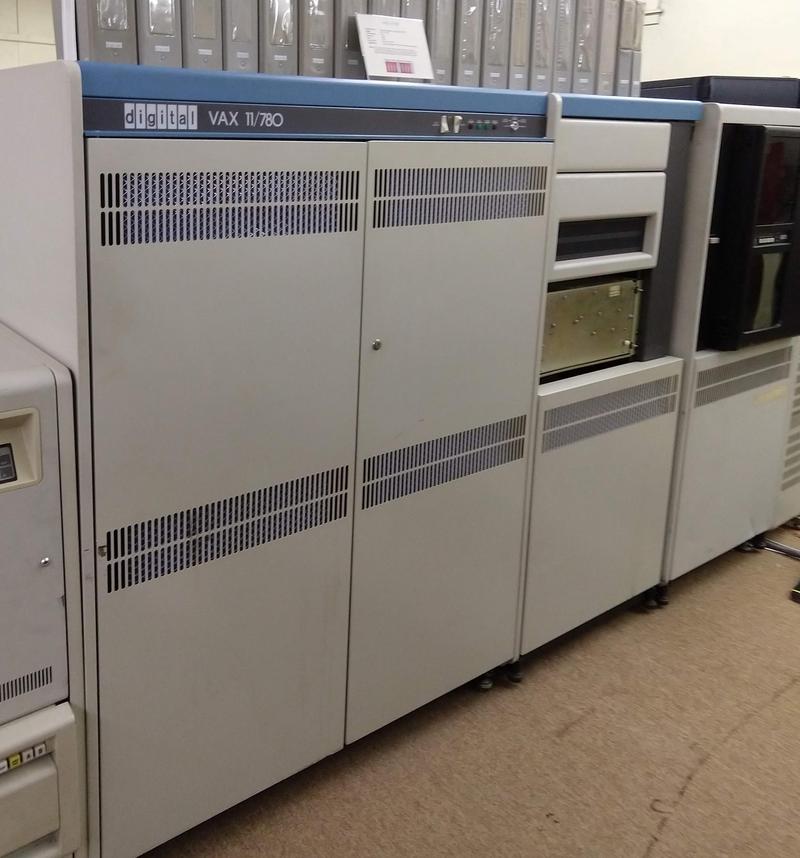
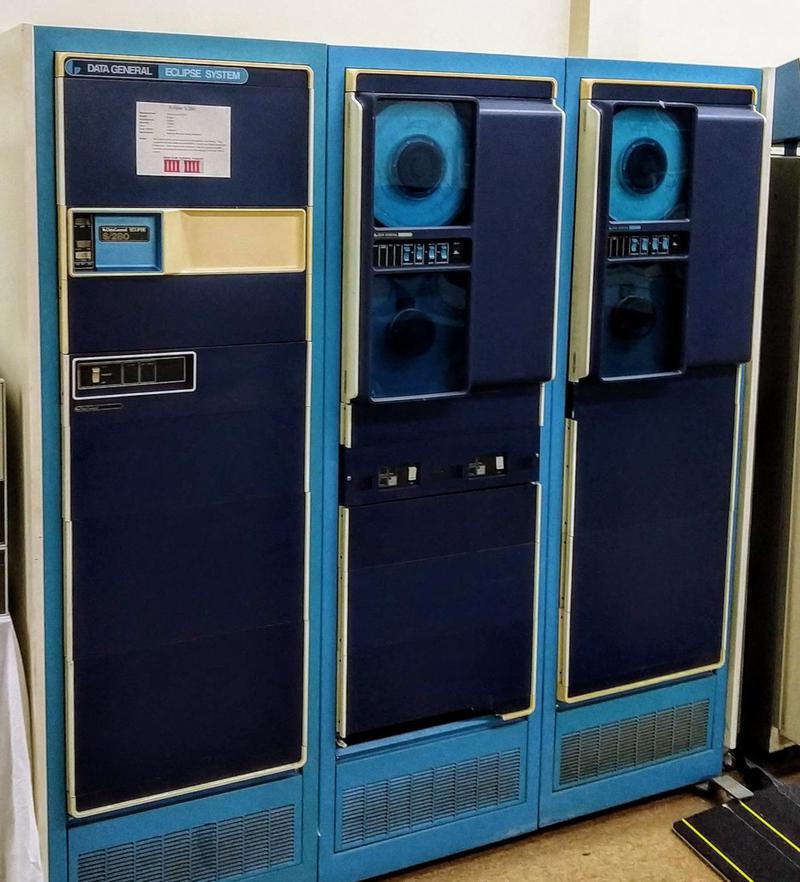
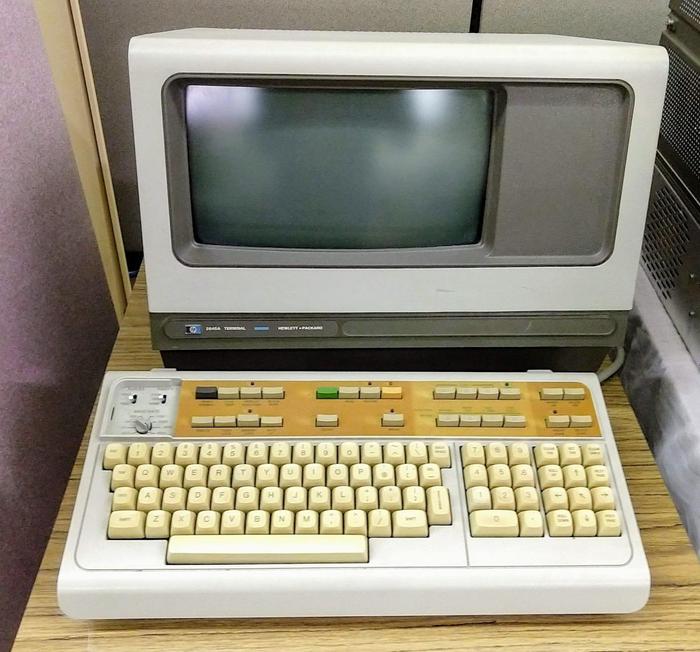
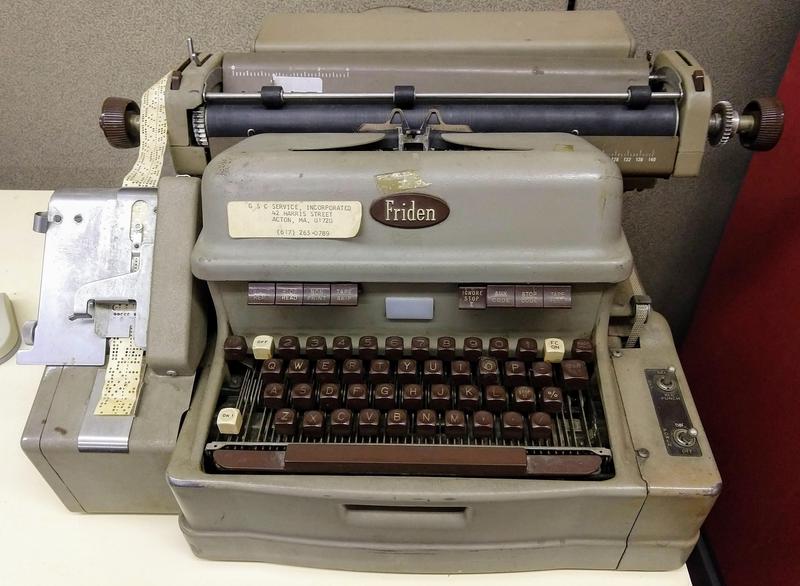
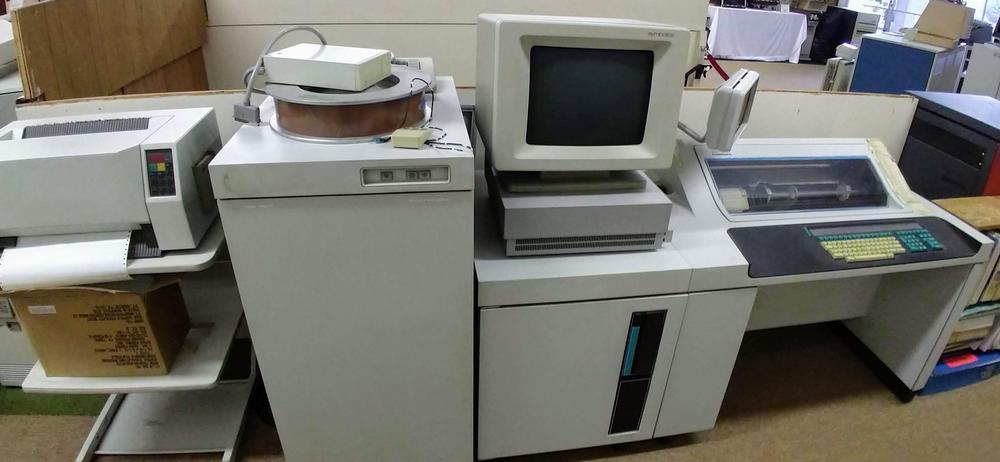
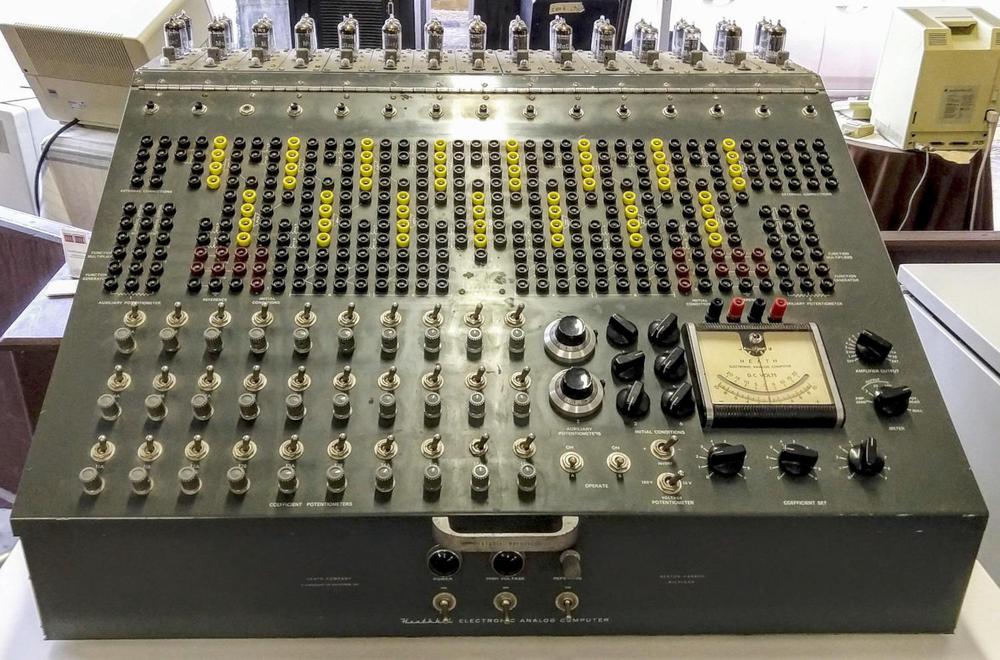
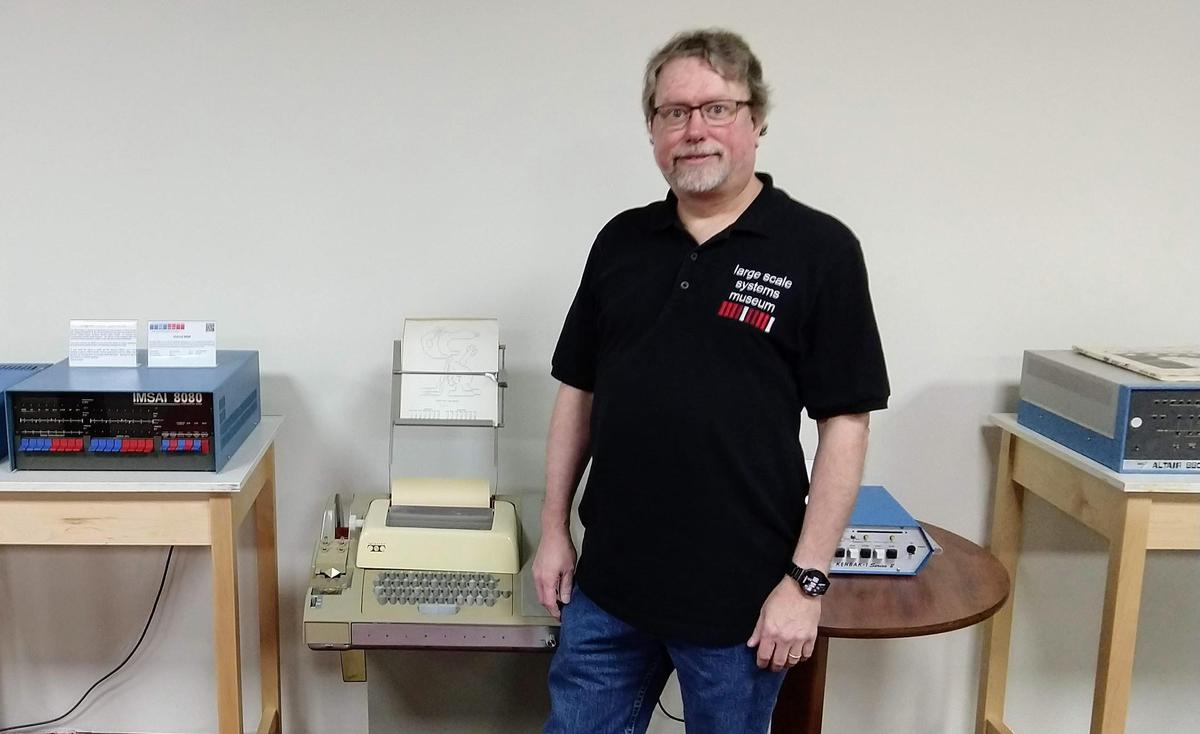
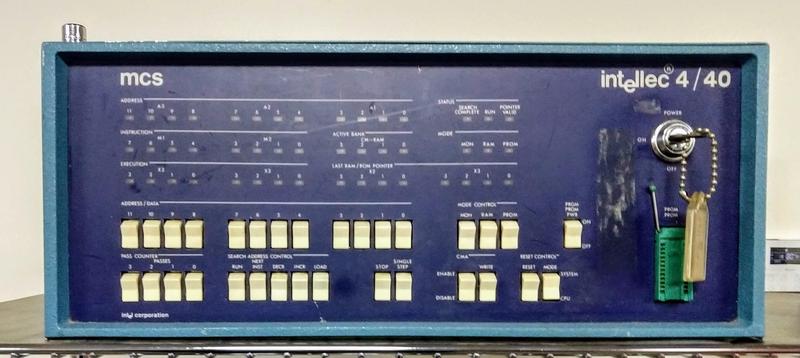
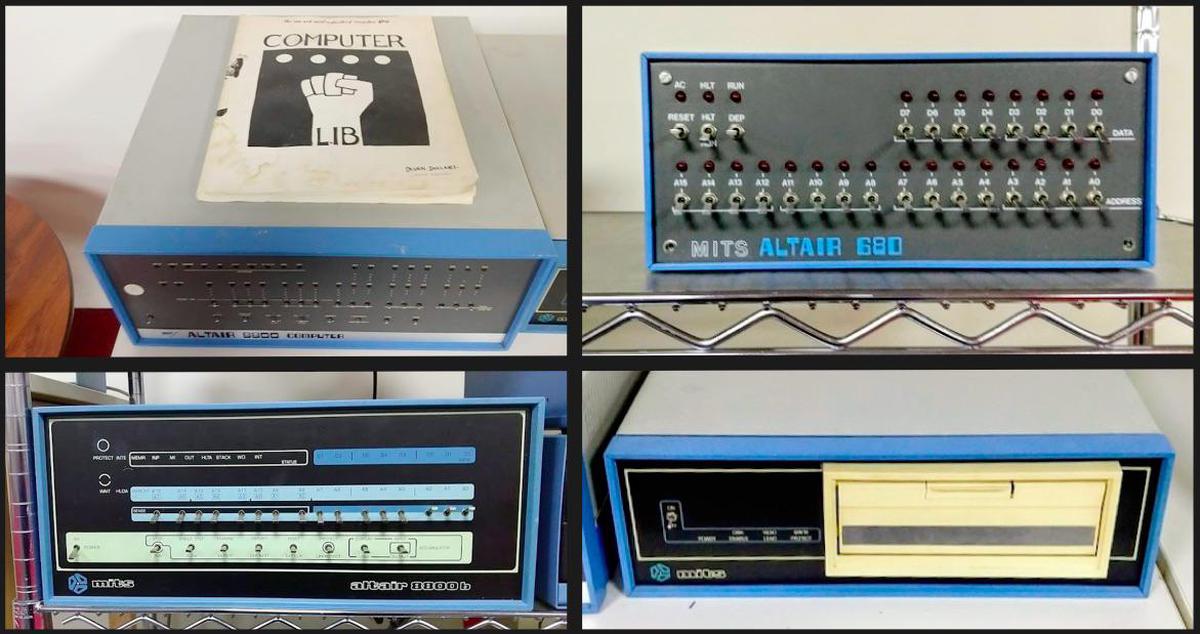
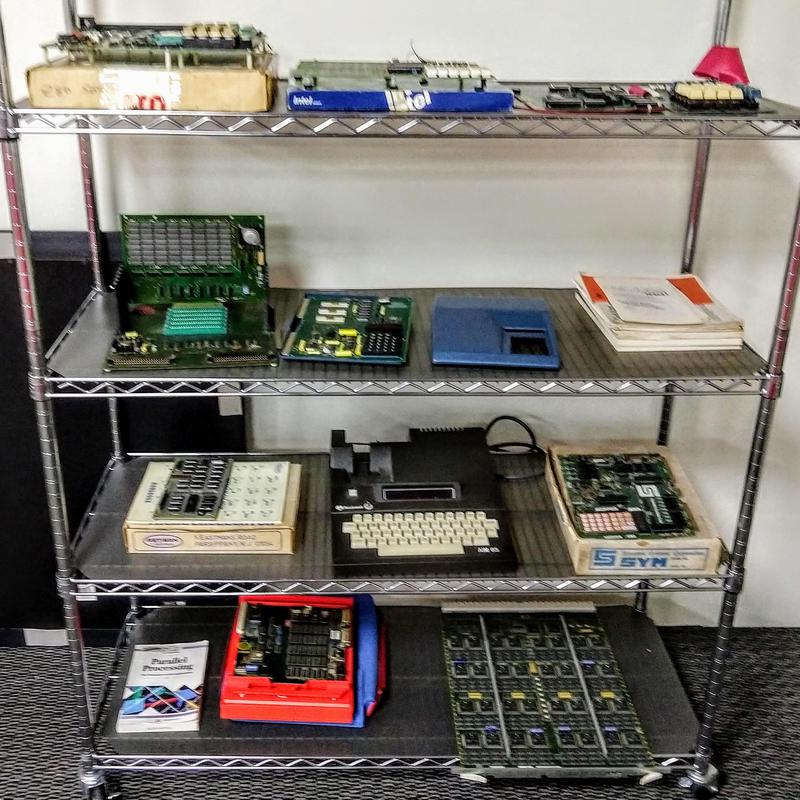
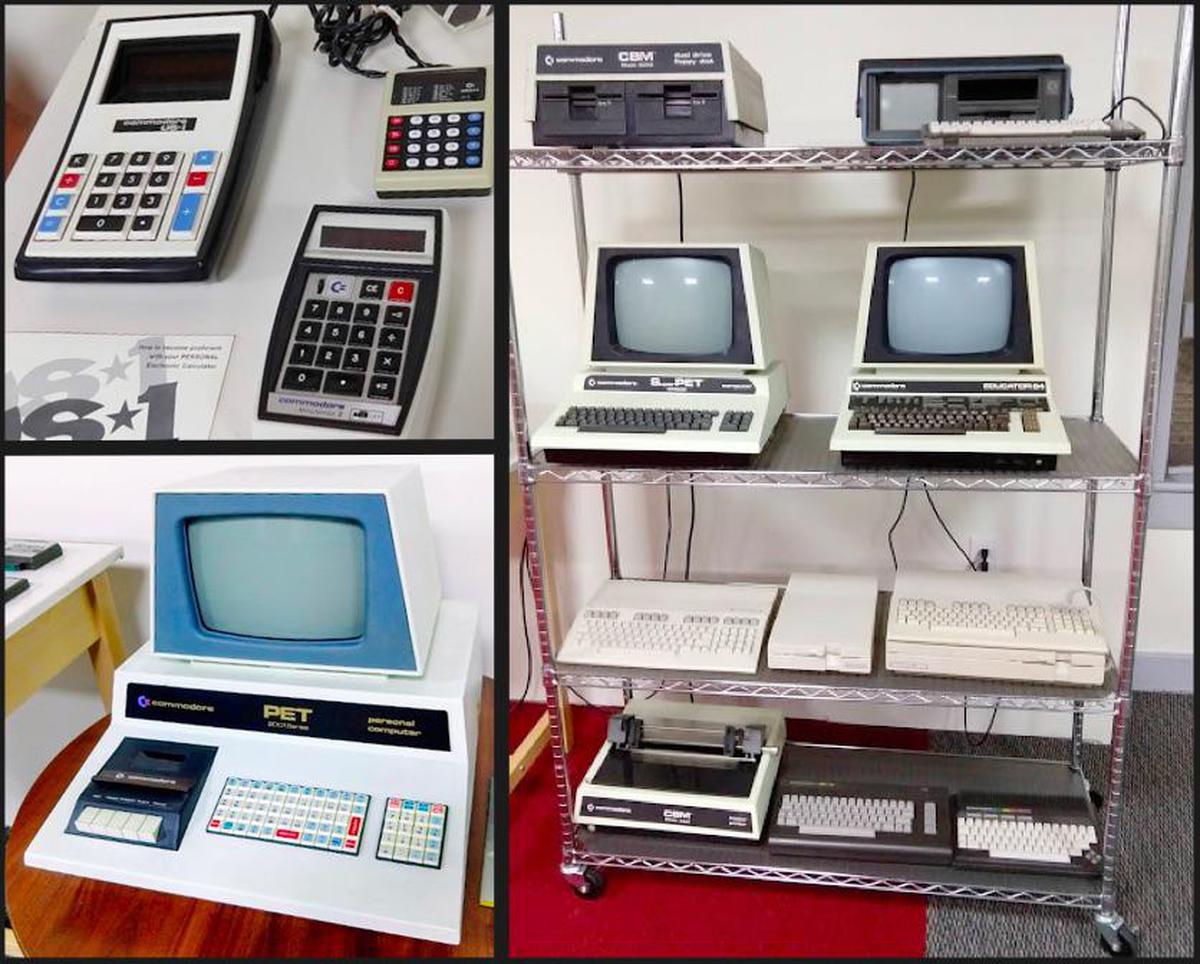
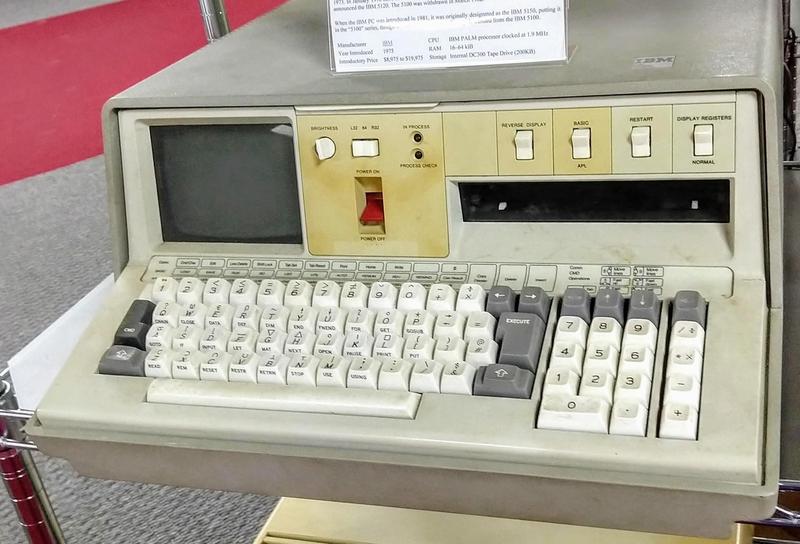
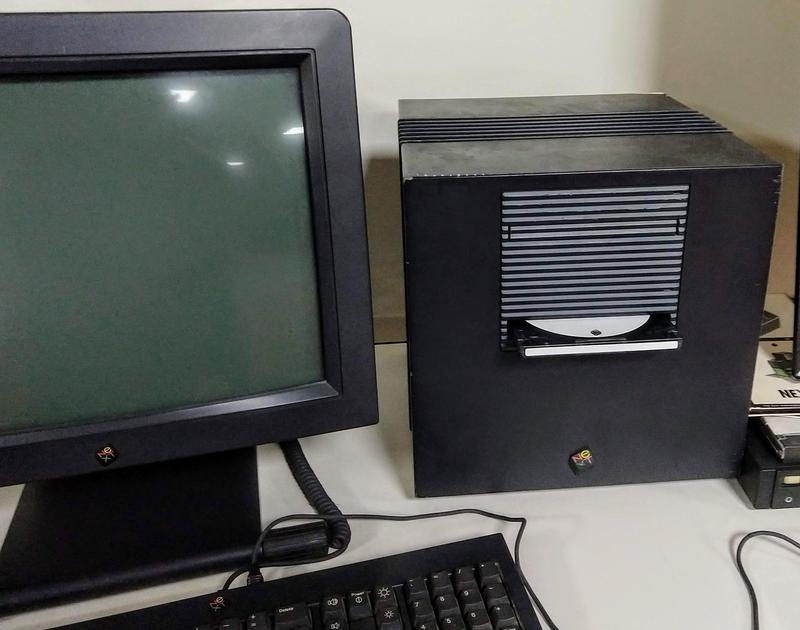
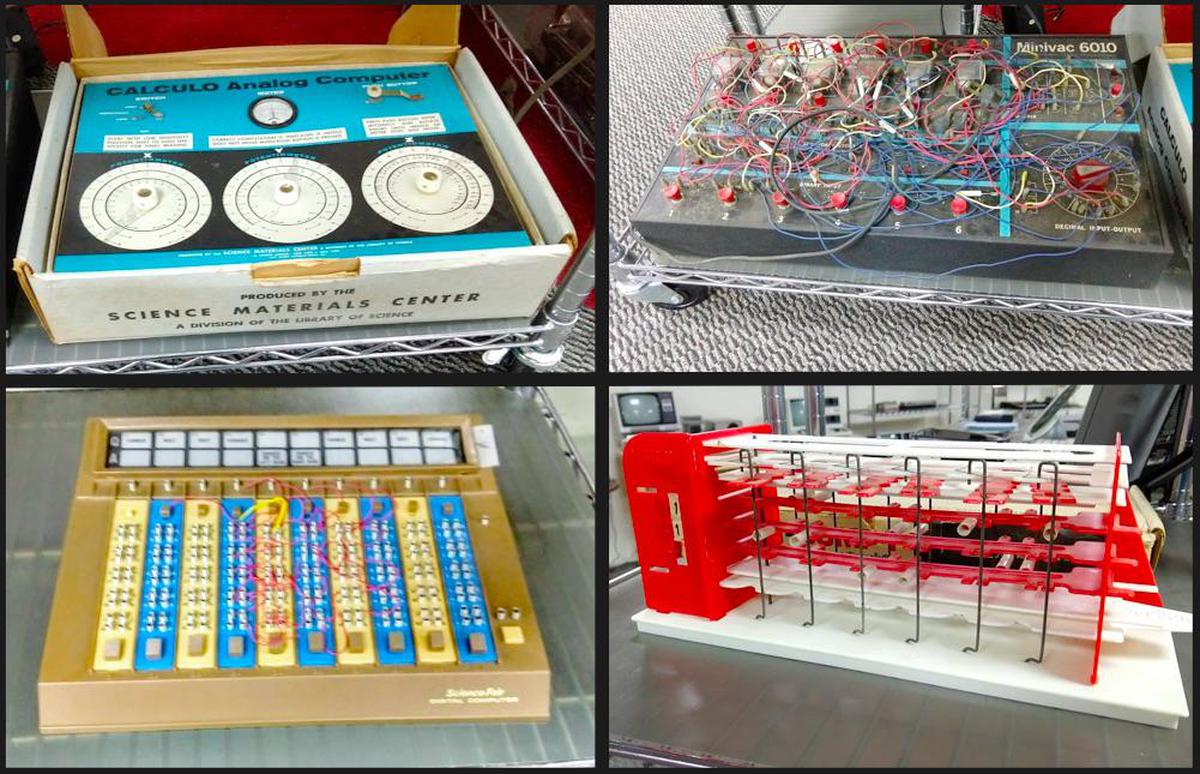
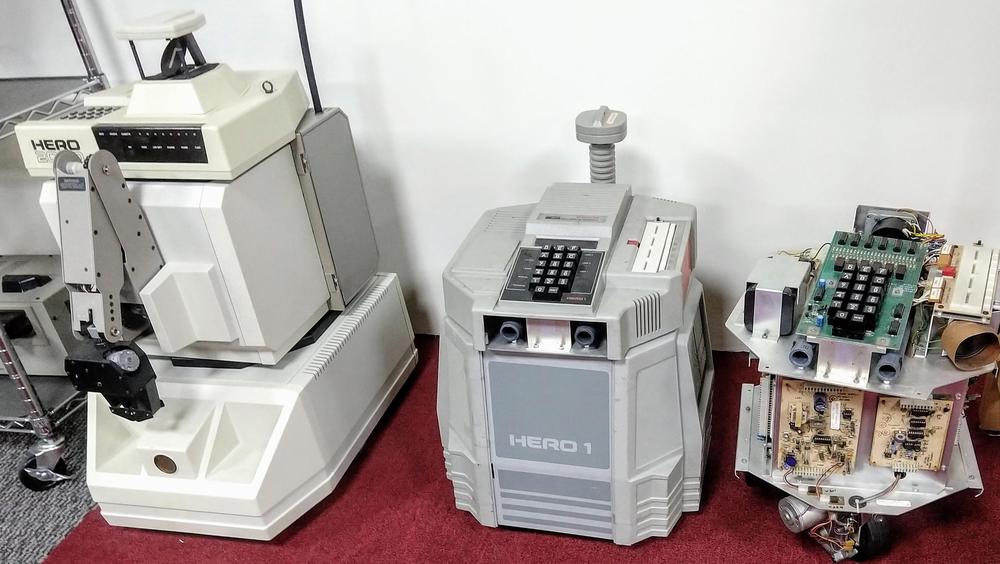
9 comments:
Neat trip down memory lane... I used to own a Rockwell AIM-65 and a teletype (OMG, that was a heavy beast!), I built a Ferguson 64k Z80 Big Board, a friend had the TRS-80, and I taught a lab equipped with Intel SDK-85's. Later I detoured into Microware OS-9/68k because it was the closest thing I could get to Unix, sold off the early stuff. Now I'm kind of sorry I did!
Steve Jobs was never forced out of Apple, he left on his own account. However, he was forced out of his position when he made the board choose between him and John Sculley, misjudging that the board would choose him over Sculley.
Ah the PET 2001, first computer i programmed.
The picture reminded me that I had a DigiComp-I when I was a little guy - I had forgotten!
My first computer was a PET 2001 in 1980. I still have a KIM-1 and some DEC gear.
Ken:
The Friden Flexowriter actually dates from 1950. It evolved from a series of automatic typewriters using punched paper tape that originated in the 1920s. Flexowriters were used as consoles on a long list of 1950s vacuum tube computers.
The 3380, the 3420, card reader, channel switcher, 3211s, 3800, 6670, 1403s, 168 MP, I was an IBM Operator, for IBM.
I saw, used, configured.. *everything*
Tom
The IBM System/32 was the first computer I ever got my hands on. I was 6 or 7 years old and my dad and grandparents’ small business had one. It had a tic-tac-toe game that I would play for as long as dad would let me. Later they upgraded to a System/34 (which had much better games) and eventually a /36.
MENU: FUN
LIBRARY: FUNLIB
Good times!
I don't think the Data General S/280 was from 1975 (as stated in the text). DG had only just released the Nova 3 in 1975, and there were no Eclipse systems around at the time. Further, the S/280 was a highly integrated CPU on a single PCB. None of the DG CPU's were on a single board in 1975. I see there's a picture from "Large Scale Systems Museum" with a label showing the S/280 from 1975, but I'm quite sure it's wrong.
The Data General Eclipse S/280 was announced on January 26, 1983. Not 1975.
Post a Comment